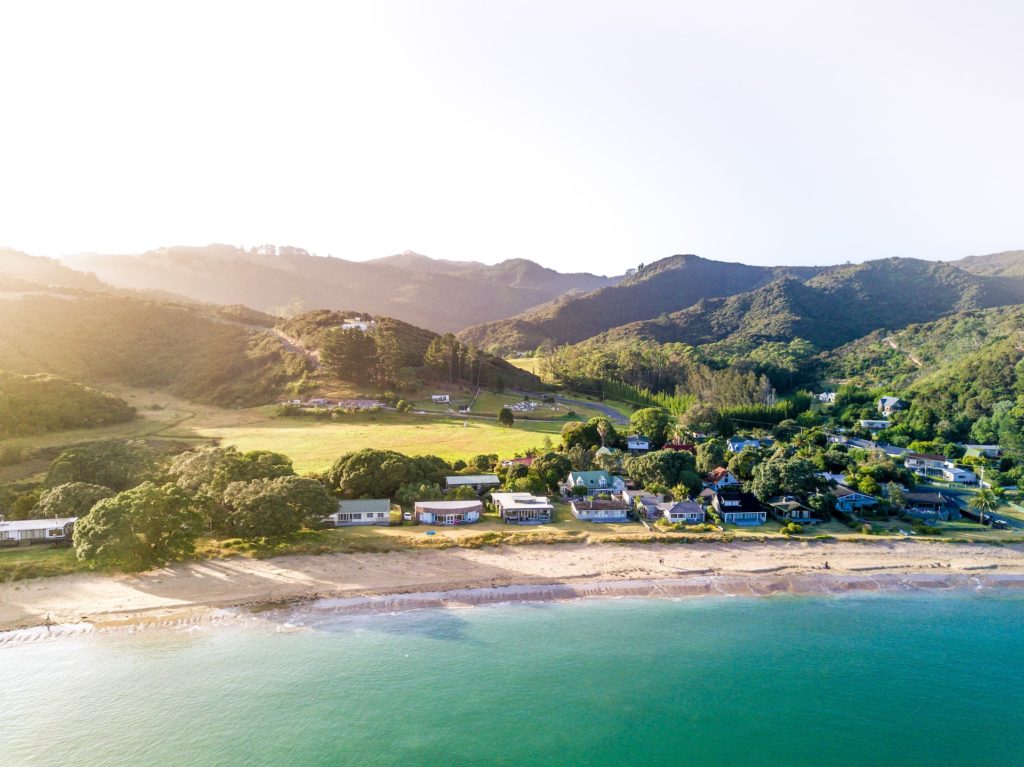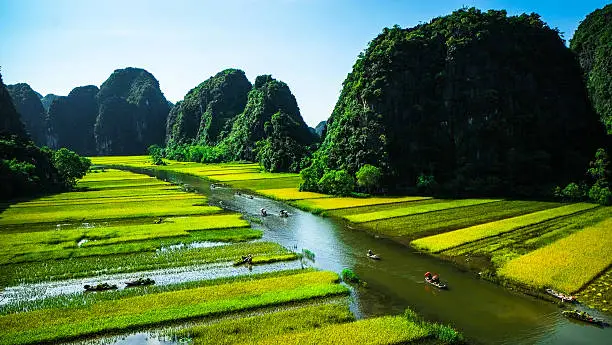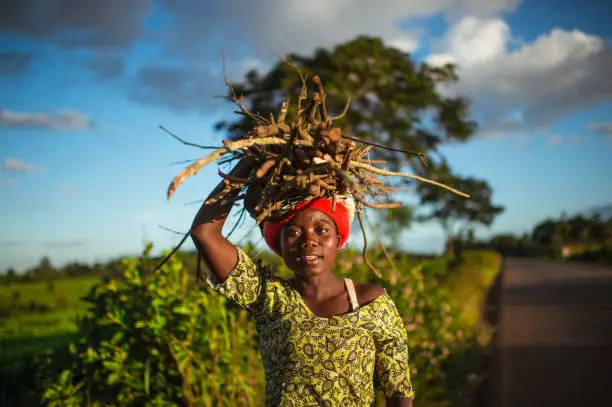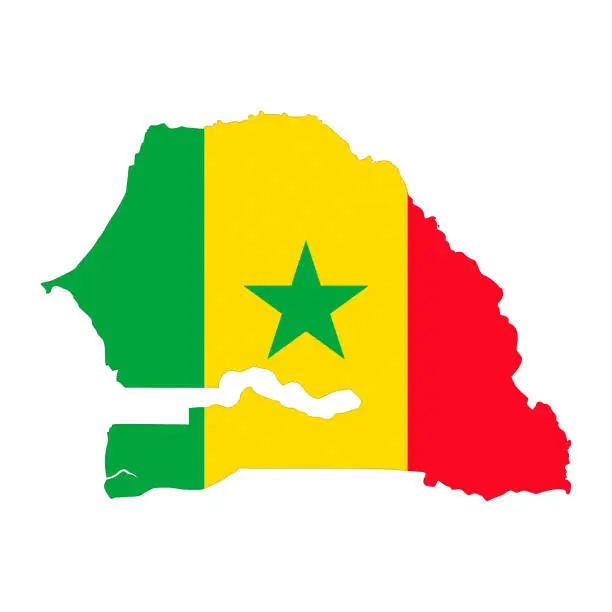Papua New Guinean culture is appealing to collectors, photographers, and artists. Large tropical rainforest tracts offer ideal habitats for a variety of bird species. Papua New Guinea is home to 38 of the 43 species of birds of paradise that are known to exist. Trekkers, climbers, and caving enthusiasts have fantastic adventure opportunities because of the challenging mountain terrain. Canoeists, kayakers, and anglers have a wide variety of locations to choose from thanks to the nation’s extensive river network.
Corporate travel brought on by foreign corporations entering the country mostly controls the tourism industry. The nation is a destination for the fearless even though it offers a variety of adventure and natural attractions. Major hotels are located in large towns, and travelers visiting more remote areas will find themselves in a rustic or village-like environment.

Adventure travel
The largest niche market is for adventure travel. 15,400 of the 238 million travelers that visit PNG annually spend over USD469 billion worldwide. Additionally, a sizable portion of the business is devoted to cultural tourism. 11,000 of the 184 million passengers who travel the world each year spend more than USD452 billion in PNG. PNG has incredible potential for experience-based adventure tourism, as well as diving, ocean and river cruising, sites with a World War II theme, such as the Kokoda Track, and cultural activities, like the Goroka Show. Agritourism has recently received attention from the sector to diversify and boost earnings.
Opportunities
In Papua New Guinea, there is great potential for expansion in the tourism industries of adventure, cultural, and historical tourism. Hotels, cruise lines, tour companies with hot air balloon and chopper choices, as well as retailing of arts, crafts, and souvenirs, are all potential business sectors for PNG. The updated PNG Tourism Development Plan 2022–2026 highlights the aforementioned potential in more depth and gives the industry new life.
Event
A prominent cultural event in Papua New Guinea’s highlands is the Goroka Show. Additionally, it is Papua New Guinea’s longest-running annual cultural event, bringing thousands of tourists there every September for the country’s weeklong Independence day celebrations.
Market challenges
PNG is still vulnerable to global shocks like the most recent conflict between Russia and Ukraine. Over the past few years, the nation has been impacted by declining global commodity prices as well as the economic crisis brought on by the epidemic. Due to this, investments in capital and infrastructure have decreased, income tax collections have decreased, and foreign currency is scarce. Due to government interference and a lack of private sector investment, core industries have not been operating at their capacity.
PNG is a low-income country where the ordinary consumer has poor purchasing power, with a per capita GDP of USD 2,2916 in 2021. The economy of PNG has shrunk during the last three years, and both household and commercial costs of living have dramatically increased. Low-income individuals and residents of the nation’s most pricey urban centers, such as Port Moresby and Lae City, are those who are most affected by these increasing expenditures. This will continue to decline with more quantitative easing from the Bank of PNG, according to the Asian Development Bank, which predicts that inflation will increase by 4.4% in 2022.
Don’t be afraid to ask for help
You can’t reasonably go into PNG properly equipped. Fewer than half of Papua New Guinea’s regions are connected by roadways due to the country’s poor tourism infrastructure. Talking to locals or hiring a local guide is the best way to receive travel ideas in Port Moresby since there is a minimal online information and no tourist information centers. Never be afraid to solicit advice or a helpful hand.







